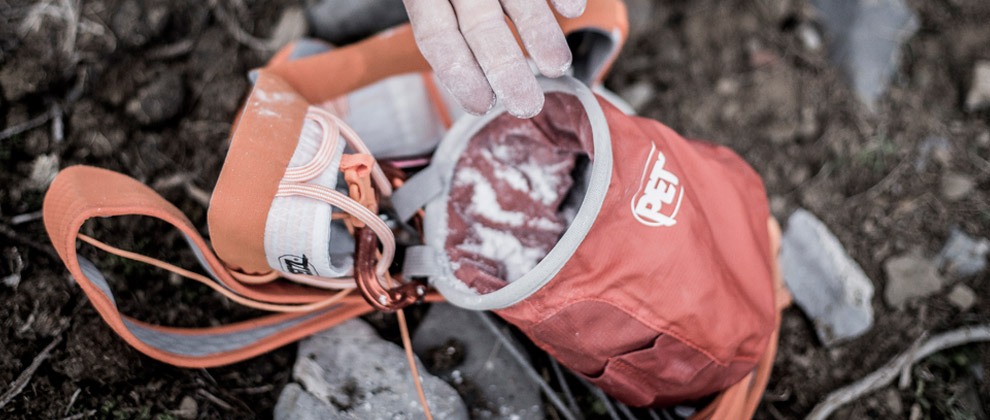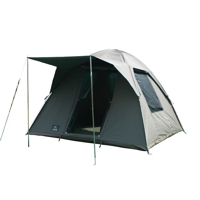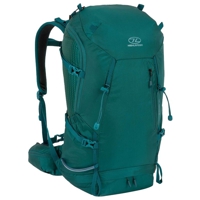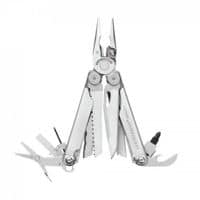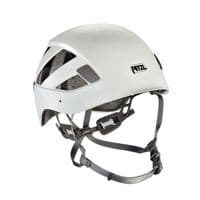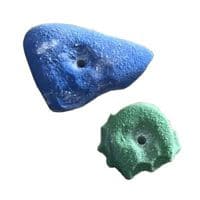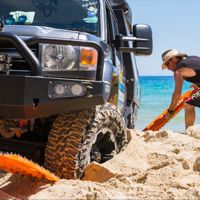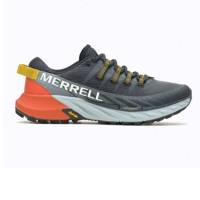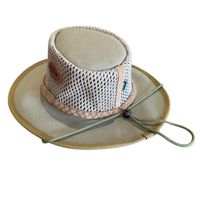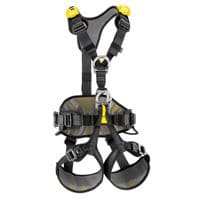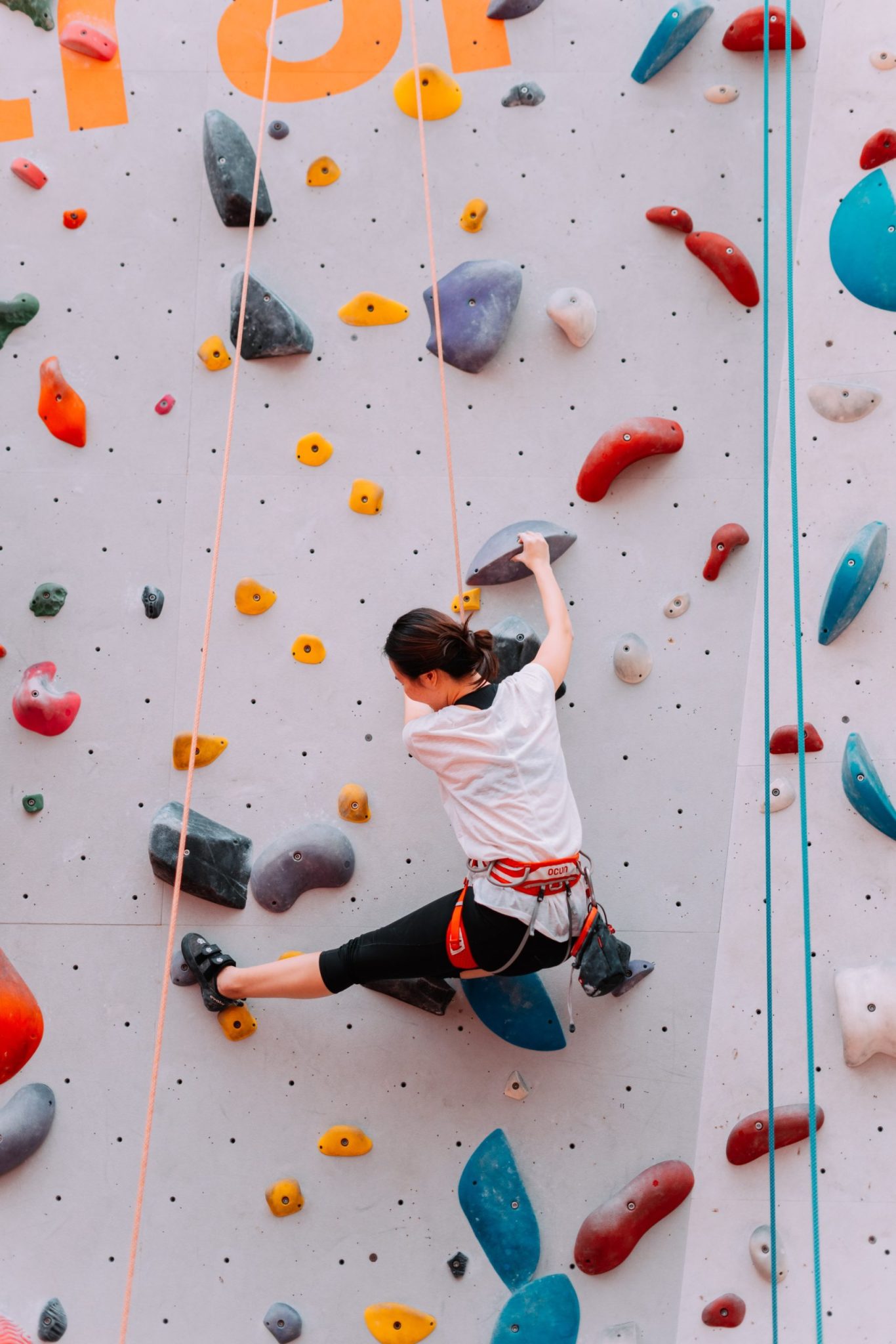Uncategorised
A Quick Guide to Climbing Gear
Climbing is an activity that combines athleticism, adrenaline, and a need for adventure. Anyone looking to take up this sport should get well acquainted with the necessary climbing equipment and outdoor gear for their own safety, enjoyment, and peace of mind. The equipment involved can seem technical and perhaps a little confusing, so here is a basic introduction to some of the gear to get you started in the right direction.
Climbing Ropes
We’ll start with the obvious component; you’re going to have to get to know the ropes. Dynamic climbing ropes are generally made from nylon, with an ultra-durable kernmantle design. This means the rope consists of two parts; a thickly woven core for load-bearing, and a nylon sheath to protect the core from abrasions. Dynamic ropes have approximately 7-8% stretch to absorb shock in the event of a fall, while semi-static ropes have a low stretch factor of around 1% and a tougher sheath, giving them less stretch and making them more ideal for caving, industrial work, abseiling etc.
Single ropes, as the name suggests, function as a stand-alone rope while others need to be paired with other ropes. Single ropes are generally easier to use, and since they come available in a wide range of lengths and diameters they’re considered a highly versatile style of rope. They’re best suited for trad climbing, sport climbing, big-wall climbing and top roping.
Half ropes involve two ropes; as you climb you clip the ropes in on your left and right, and when done correctly, this allows the half ropes to run straight and parallel, reducing rope drag. Other advantages include being able to tie the ropes together to go twice as far, and having a spare if one gets damaged. But they are harder to operate than single ropes, as you’re climbing and belay with two ropes.
No matter what rope you use, rope length depends largely on the area you tend to climb in. Popular lengths include 50, 60 and 70m.
Carabiners and Quickdraws
In sport climbing, the climbing route features clipgates (most likely bolt hangers) that the climber clips his rope into while progressing up the route. For this, the climber uses a complete quickdraw, which consists of two clip gate carabiners and a short sling. You carry as many quickdraws as would likely be needed on the route. Clip gate carabiners are designed to open quickly and do not lock. This gives you the freedom to clip on and off of anchors quickly when need be, but quality climbing carabiners won’t unclip under the weight.
Locking carabiners are also used for connecting the rope to the harness when top-roping, or anywhere where a secure connector that can be locked is required. For lead climbing, the rope is tied directly to the harness. Camp and Climb also offers Petzl Screwlinks for rigging multiple connections in anchor lines.
Belay Devices
From a simple figure-8 to devices that automatically brake the rope, there are many choices for belay devices. The device is held by the belayer who allows the rope to be fed through it as the climber ascends. Should the climber fall, the belay devices use the friction of the rope through the device to arrest the fall.
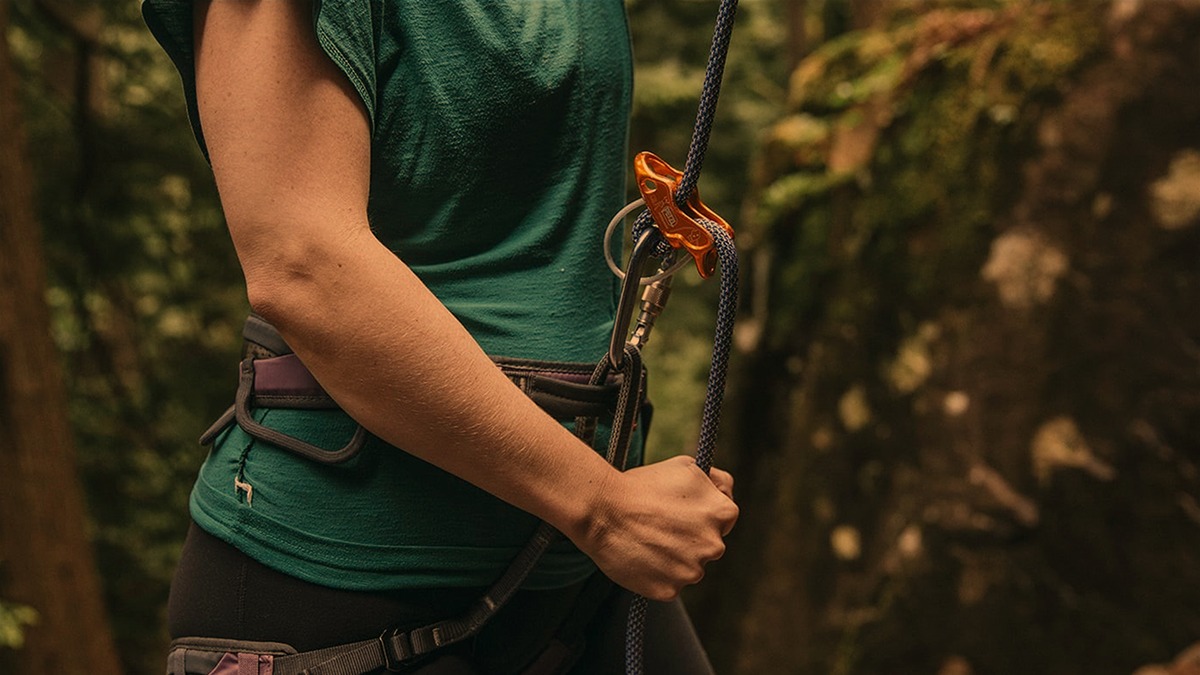
Harnesses
Climbing harnesses are generally adjustable or fixed size design. The advantage of using an adjustable harness is that it can be used by more than one person, or with different clothing. Fixed-size harnesses, on the other hand, are more compact and lightweight and fit snuggly to your body size or the specifications it was made to. Camp and Climb also offers kids harnesses and women’s harnesses that provide full-body support.
Helmets
This one should really be a no brainer. Helmets are a crucial piece of safety equipment for climbing. Climbing helmets protect the climber from the impact of hitting the wall during a fall, as well as from falling objects that can rain down from above.
Remember that not every helmet is suitable for climbing. You can’t wear a bicycle helmet when climbing, for instance. Always opt for a certified, thoroughly tested climbing helmet. Camp and Climb offers top of the range Petzl Climbing Helmets.
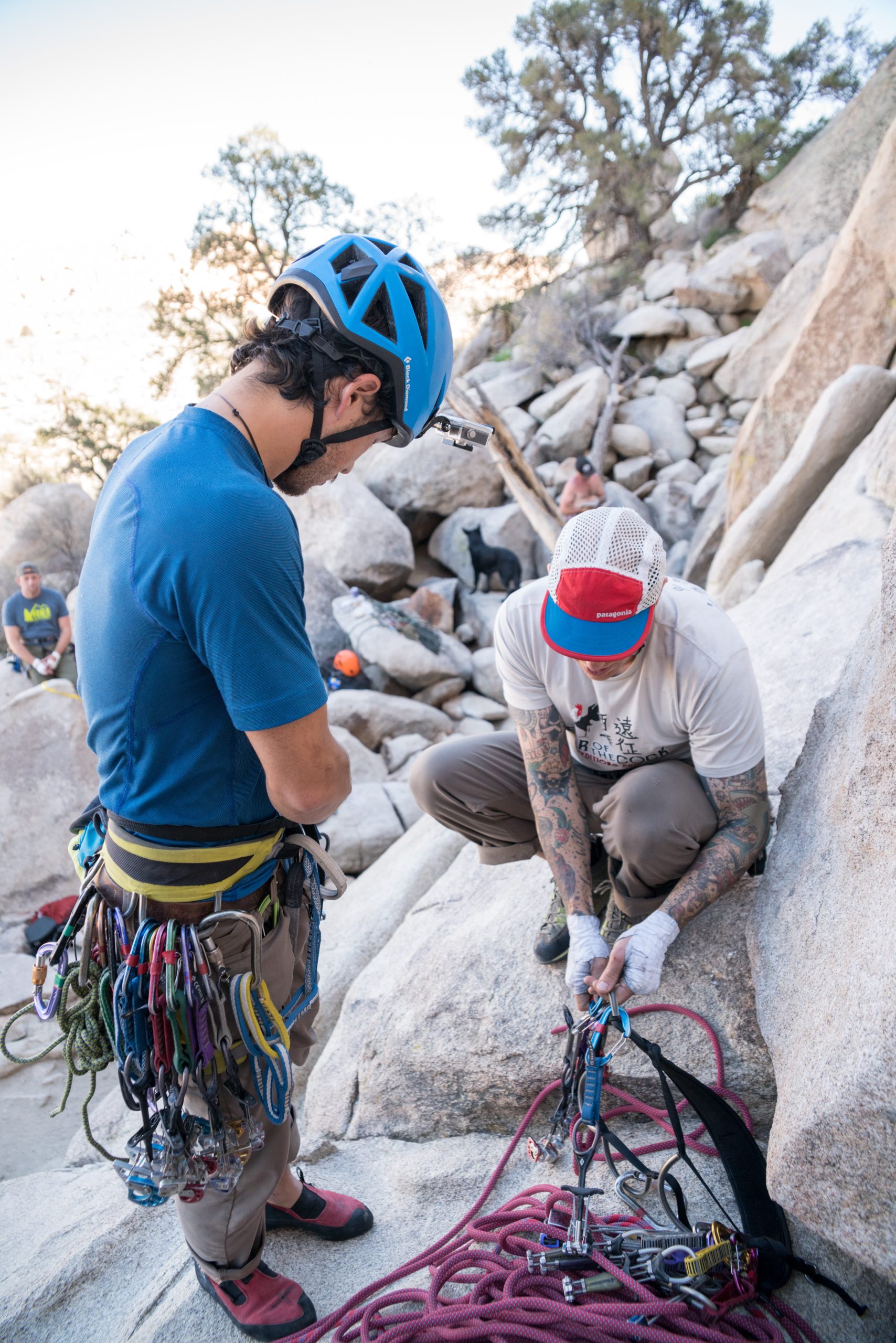 Slings
Slings
Climbing slings and climbing lanyards of various lengths are handy for creating anchor points at the top of climbing routes etc.
Natural Gear
Natural gear or traditional climbing gear consists of a range of chocks and wedges designed to be placed into cracks along a climbing route. There are also adjustable devices (notably Black Diamond Camalots) that take the place of a set of chocks.
Climbing Shoes
Shoes are an essential component of your climbing arsenal. Climbing shoes feature friction soles to stick to the climbing surface and can significantly improve climbing performance. This also reduces your risk of slipping and injuring yourself.
Chalk Bags
Climbers use magnesium carbonate chalk to keep their hands dry while climbing, which allows them to keep a firmer grip on the rope. This chalk is kept in a climbing chalk bag attached to the harness or around the waist for easy access while climbing.
The above is a very basic list of equipment, with much more available to compliment your climbing style and routes. Climbing is inherently dangerous and we recommend that you take a climbing course or visit your local climbing gym to familiarize yourself with the equipment and techniques involved. Learn in a safe environment with guidance, before you opt for taking up this sport in more difficult environments.
